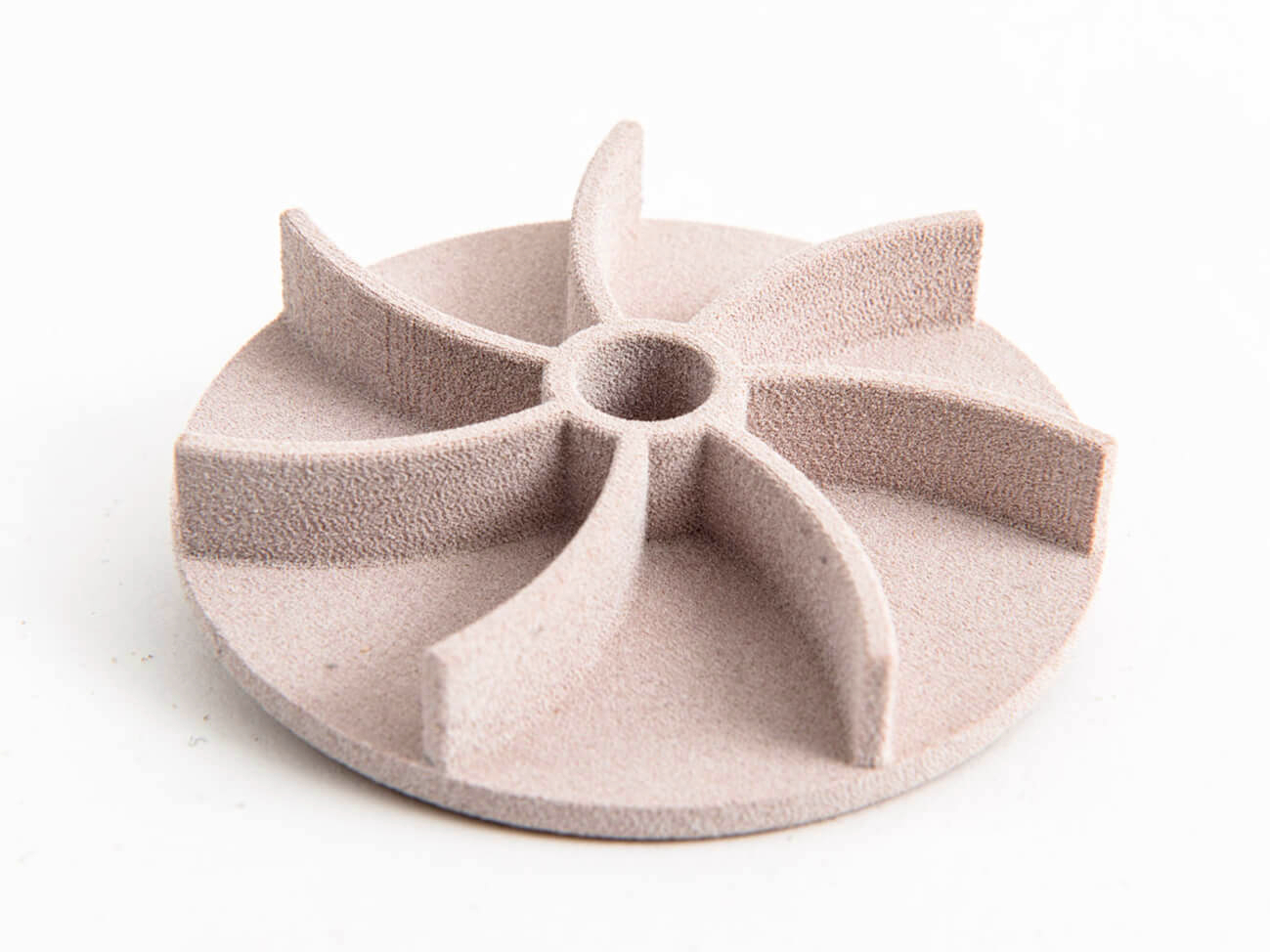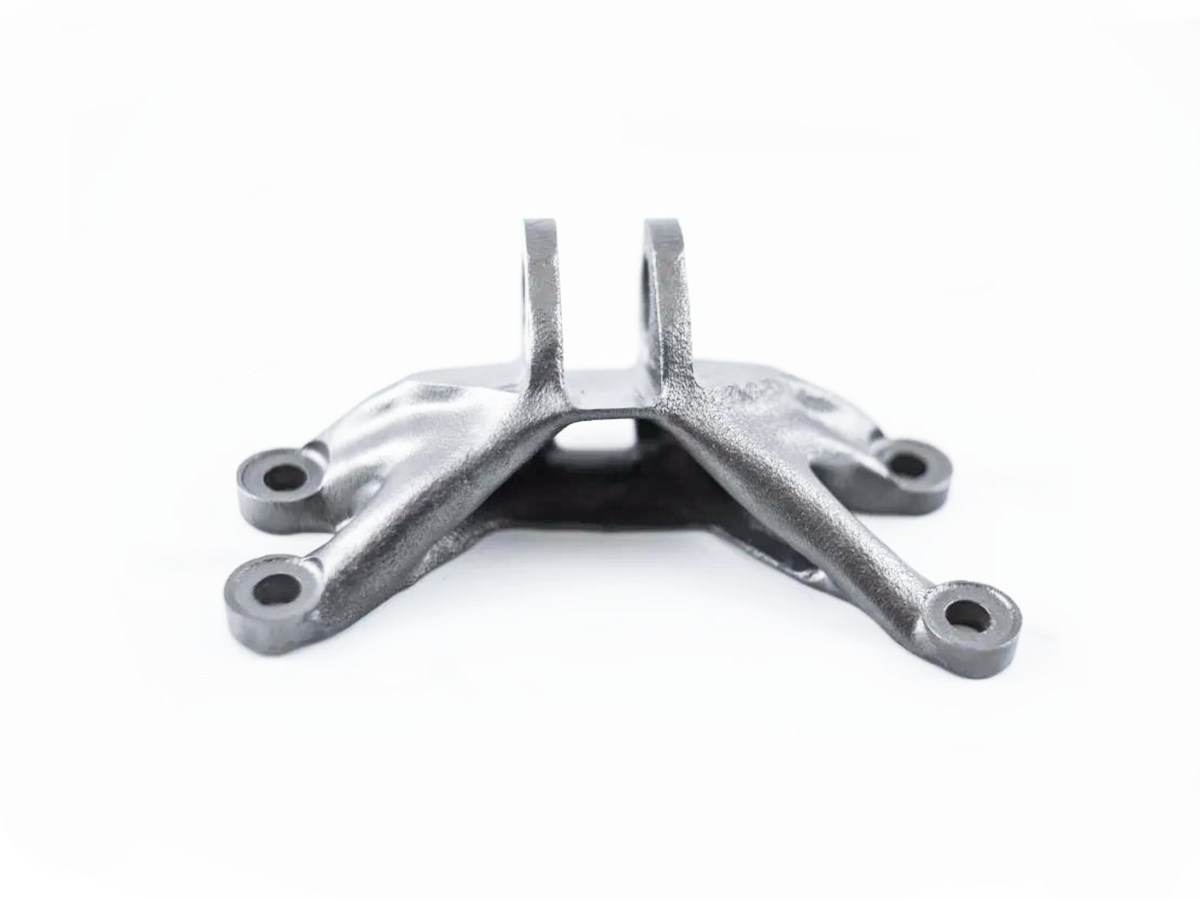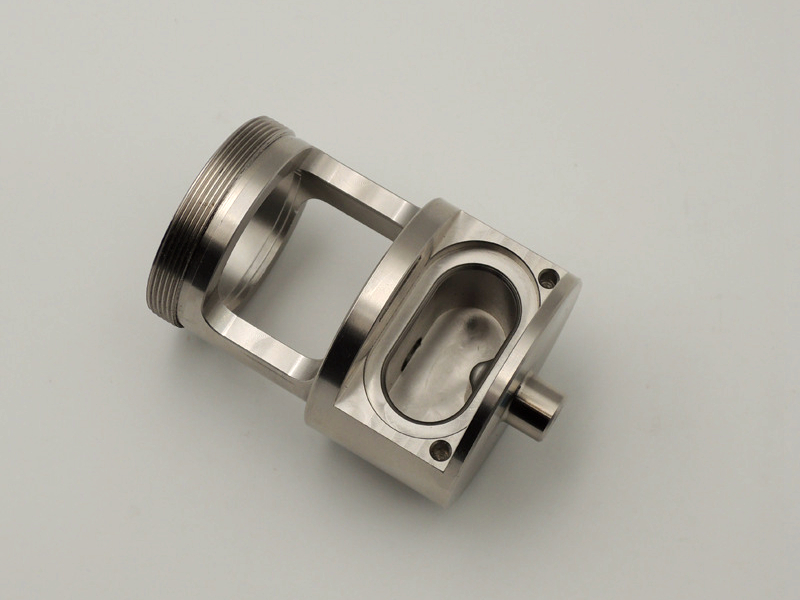For ultra-precise ceramic parts, is pure 3D printing or hybrid manufacturing better?
From a manufacturing engineering standpoint, the question of pure additive manufacturing versus a hybrid approach for ultra-precise ceramic parts has a definitive answer: hybrid manufacturing is almost always superior for achieving the highest levels of precision, tolerance control, and surface integrity. While pure 3D printing excels at creating complex geometries, it is inherently limited by the physics of sintering, making hybrid processing a necessary step for achieving true high precision in applications.
The Fundamental Limitation of Pure Ceramic 3D Printing
Pure ceramic 3D printing, while revolutionary for complex shapes, introduces two critical variables that compromise ultimate precision:
Non-Linear Sintering Shrinkage: Despite sophisticated software compensation, ceramic parts undergo 15-25% volumetric shrinkage during the sintering process. This shrinkage is not perfectly uniform; thicker sections may densify differently than thin walls, and the part's geometry can influence how it sinters, leading to minute warping, distortion, and deviation from the intended nominal dimensions.
As-Printed Surface Limitations: Even the best lithography-based ceramic printing produces a surface that, although satisfactory, exhibits micro-scale stair-stepping and is influenced by the support structure interfaces. For ultra-precise applications—such as sealing surfaces, optical mounts, or bearing races—this as-sintered surface is insufficient.
The Hybrid Manufacturing Solution
Hybrid manufacturing leverages the strengths of both additive and subtractive processes. The typical workflow is:
3D Print: Use ceramic 3D printing to create the part in a "green" or "brown" state (after debinding) with intentional oversizing (sintering stock) on critical features.
Sinter: Fire the part to achieve near-full density and the final material properties of advanced ceramics like Alumina (Al₂O₃) or Zirconia (ZrO₂).
Precision Machine: Utilize diamond-based CNC Grinding to achieve critical features within final tolerance, attain the required surface finish, and correct for any sintering-induced deviations.
This hybrid approach directly addresses the limitations of pure AM:
Corrects Sintering Inaccuracies: The final grinding step eliminates dimensional errors caused by shrinkage and warping.
Achieves Superior Surface Finish: It can produce optical-quality surfaces or specific roughness values (Ra) that are unattainable through sintering alone.
Enables Tight Tolerances: It allows for the holding of tolerances within ±5 microns on critical features, which is impossible with sintering alone.
Comparison of Capabilities
Factor | Pure Ceramic 3D Printing | Hybrid (3D Print + CNC Grind) |
|---|---|---|
Dimensional Accuracy | ±0.1% (min. ±50 µm), geometry-dependent | ±5 µm on critical features |
Surface Finish (Ra) | 0.4 - 1.0 µm (as-sintered) | < 0.1 µm (mirror finish possible) |
Geometric Complexity | Excellent for internal channels, lattices | Limited on internal & non-line-of-sight features |
Form & Flatness | Limited by sintering stability | Can be controlled and corrected to sub-micron levels |
Ideal Application | Complex cores, scaffolds, prototypes | Precision nozzles, medical implants, sealing components |
Engineering Guidelines for Selection
Choose Pure 3D Printing When: The primary value is geometric complexity that is unmachinable, and the application can tolerate the inherent accuracy and surface finish of the as-sintered part. This is ideal for prototypes, custom medical device scaffolds, and catalyst supports.
Mandate Hybrid Manufacturing When: The part has critical functional interfaces, tight mating tolerances, or requires a specific surface finish for sealing, wear, or optical purposes. This is non-negotiable for fuel injector nozzles, semiconductor components, and high-performance bearings in aerospace and aviation.
Design for Hybrid from the Start: Successful hybrid production requires designing the pre-sintered part with additional material (grinding stock) on critical surfaces and ensuring these surfaces are accessible to grinding tools post-sintering.
In conclusion, while pure ceramic 3D printing is a powerful tool for form and function, hybrid manufacturing is the definitive path to achieving and guaranteeing the ultra-precision required for the most demanding industrial and scientific applications.



